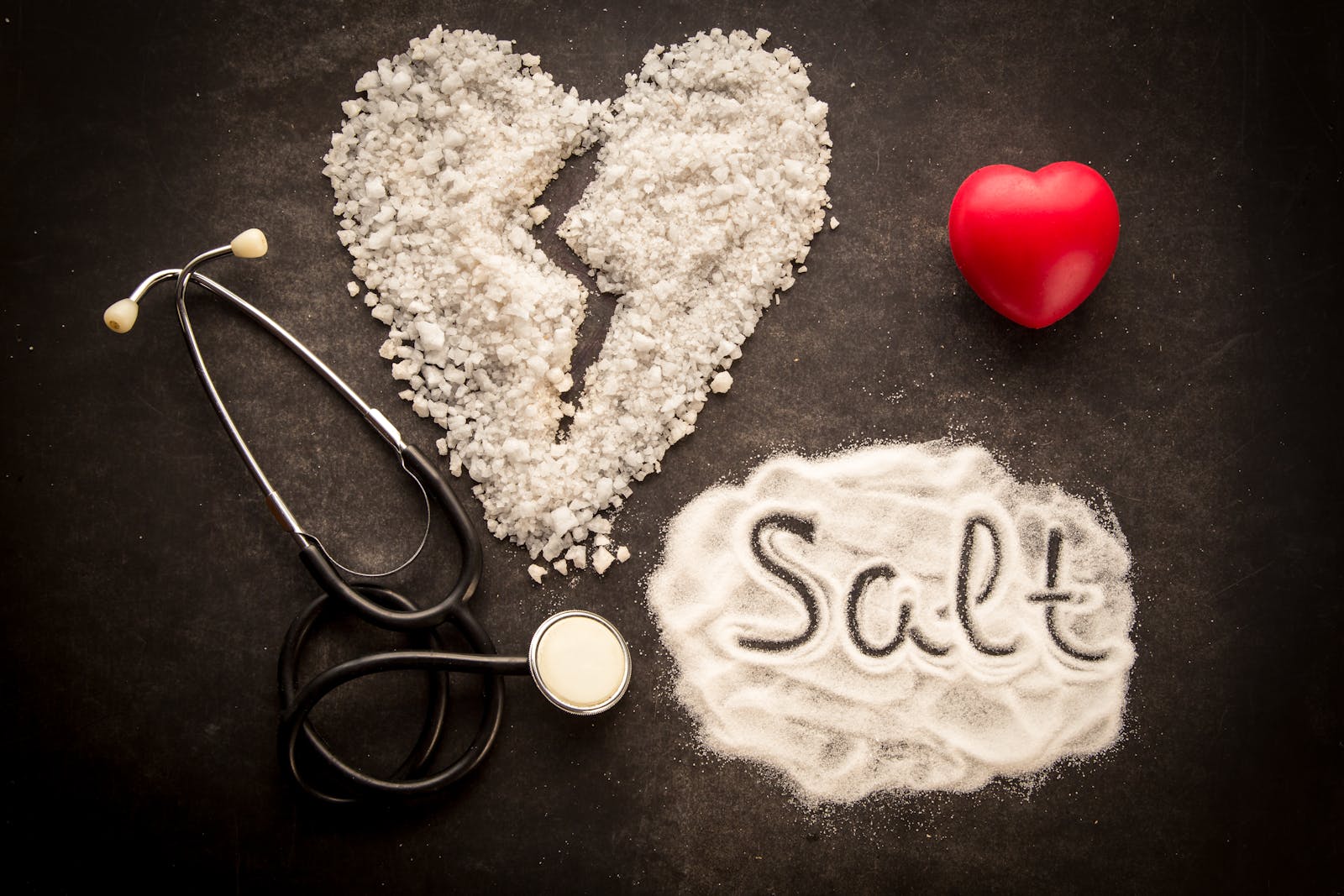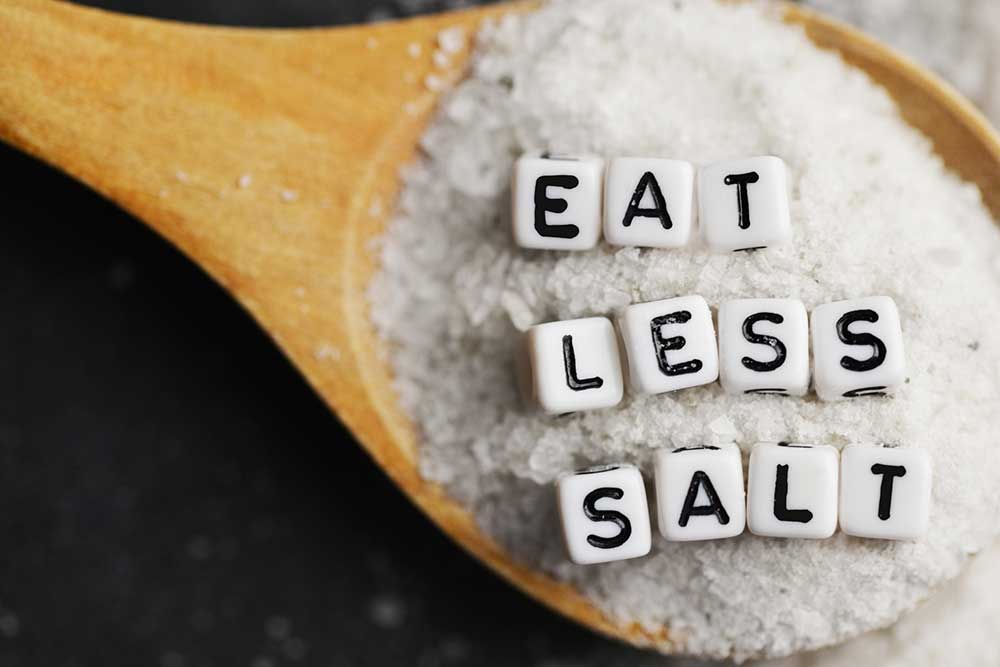Low sodium, also known as hyponatremia, is a condition characterized by a low level of sodium in the blood. Sodium is an essential mineral that helps regulate the balance of fluids in and around cells, as well as playing a role in nerve and muscle function. A low level of sodium in the blood can have serious consequences for health and can occur as a result of a variety of underlying medical conditions or medications.
Symptoms of low sodium can vary depending on the severity of the condition and may include:
- Fatigue
- Nausea
- Headaches
- Confusion
- Dizziness
- Loss of appetite
- Muscle weakness
- Restlessness
- Seizures
- Coma
The most common cause of low sodium is the excessive loss of sodium through sweating, urine, or diarrhea. This can occur due to certain medical conditions such as cystic fibrosis, heart failure, and kidney disease. Certain medications, such as diuretics and certain antidepressants, can also cause low sodium levels.
The treatment of low sodium depends on the underlying cause and the severity of the condition. In mild cases, increasing sodium intake through diet or supplements may be enough to correct the problem. However, in more severe cases, hospitalization may be necessary to correct the problem.
If the cause of low sodium is due to a medical condition, treatment will focus on managing the underlying condition. For example, if the cause is heart failure, treatment may include medications to improve heart function and reduce fluid buildup in the body. If the cause is kidney disease, treatment may include medications to control blood pressure and protect the kidneys from further damage.
If the cause of low sodium is due to a medication, treatment may involve adjusting the dosage or switching to a different medication. For example, if the cause is a diuretic, the dosage may be reduced or the medication may be switched to a different type of diuretic that is less likely to cause low sodium levels.
In cases of severe low sodium, hospitalization may be necessary to correct the problem. This may involve the use of IV fluids and medications to raise the level of sodium in the blood. In some cases, a procedure called hypertonic saline infusion may be used to quickly raise the level of sodium in the blood.
It’s important to note that if you experience any symptoms of low sodium, it’s important to seek medical attention as soon as possible. Low sodium levels can be life-threatening if left untreated. Your healthcare provider can help determine the cause of your low sodium levels and provide the appropriate treatment.
In conclusion, low sodium or hyponatremia is a condition characterized by a low level of sodium in the blood, which can have serious consequences for health. The symptoms of low sodium include fatigue, nausea, headaches, confusion, dizziness, loss of appetite, muscle weakness, restlessness, seizures, and coma. The treatment of low sodium depends on the underlying cause and the severity of the condition, which can range from increasing sodium intake through diet or supplements, managing the underlying medical condition, adjusting or switching medication, or hospitalization for severe cases. It is important to seek medical attention if you experience any symptoms of low sodium.

 Home
Home Health
Health Diet & Nutrition
Diet & Nutrition Living Well
Living Well More
More












